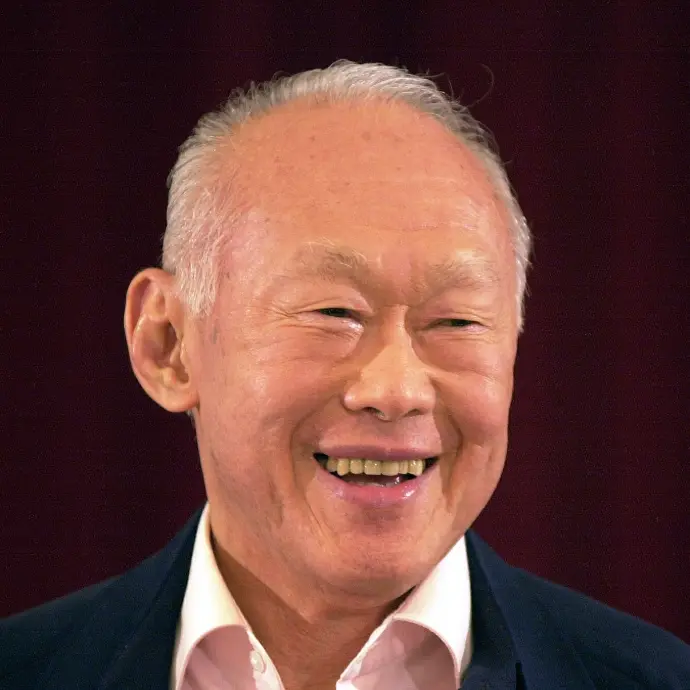Singapore: The Island That Dreamed Beyond Its Shores
In 1965, Singapore was a small, humid island with no oil, no gold, and no farmland, with only 1.9 million people and a deep uncertainty about tomorrow. Its leaders faced riots, unemployment above 14 per cent and neighbours who doubted it would survive.
But instead of despair, Singapore built a plan. It didn’t wait for help; it built systems. From the harbour to the schools, from the streets to the boardrooms, the country turned scarcity into a strategy. Today, that same island is one of the world’s most competitive economies, with a GDP per capita exceeding US$80,000, and a global hub for finance, trade, and innovation.
That transformation was not a miracle. It was a mindset, one Africa can now localize for its own next chapter.
Part I: The Power of Clarity
“A nation is great not by its size alone. It is the will, the cohesion, the stamina, the discipline of its people and the quality of their leaders which ensure it an honorable place in history.”

The government set clear national goals; jobs, education, infrastructure, and integrity, and rallied the entire nation around them. Singapore didn’t chase every idea; it focused on what mattered most.
In Africa today, clarity is emerging in countries like Ethiopia, Rwanda, Botswana, and Kenya, where national visions are guiding decisions in technology, logistics, and manufacturing. The lesson from Singapore is not to be perfect but to be consistent.
Lesson 1: Vision beats resources.
The African century will belong to those who align leadership, policy, and people around a shared purpose.
Part II: Turning Geography into Strategy
Singapore’s location between Malaysia and Indonesia was once seen as a weakness. It had no natural hinterland. But the government turned it into an advantage, building the Port of Singapore, now one of the busiest in the world. It connected itself to global trade rather than relying on local demand.
Africa sits at the intersection of two oceans and 54 markets. Its ports, from Mombasa to Durban and Lagos to Djibouti, could do for the continent what Singapore’s port did for Asia: turn geography into opportunity.
The African Continental Free Trade Area (AfCFTA) is that opportunity. If fully implemented, it could lift 30 million people out of extreme poverty and boost Africa’s income by US$450 billion by 2035.
Singapore’s rise shows what happens when borders become bridges. Africa’s transformation depends on turning its borders into corridors of value powered by roads, data, and trust.
Part III: Building People Before Buildings
When Singapore began industrializing, its biggest investment wasn’t in factories; it was in people. The government poured money into universal education, vocational training, and scholarships abroad. By the 1980s, it had one of Asia’s most skilled workforces.
Today, Africa’s demographic story is equally powerful. By 2050, the continent will have one in every four people on Earth, most under the age of 25. That youth bulge could be either a crisis or a revolution, depending on how we invest in it.
Singapore localized global education systems; Africa can do the same by training for its own future industries — renewable energy, agritech, fintech, logistics, and AI.
Lesson 2: Don’t just build cities. Build citizens.
Part IV: Clean Systems, Clear Results
Singapore’s transformation was anchored in governance and trust. Its anti-corruption agency, formed in 1952, was strengthened after independence to ensure public service remained transparent and efficient.
Africa loses an estimated US$88.6 billion a year to corruption, roughly 25 per cent of its GDP. The Singapore lesson here isn’t just about punishment; it’s about systems that make integrity the easiest path, not the hardest.
Digitalization offers a modern way forward. Countries like Ghana, Tanzania and Kenya are using e-government and digital IDs to reduce leakages and improve service delivery. When systems become transparent, progress becomes automatic.
Lesson 3: Trust is infrastructure.
Part V: Smart Nations, Smart Continents
Singapore’s “Smart Nation” programme, launched in 2014, turned the entire island into a connected ecosystem. Sensors manage traffic, AI powers healthcare, and citizens access nearly all services online.
Now, Africa is entering that same era. The digital economy is projected to reach US$712 billion by 2050, accounting for nearly 9 per cent of GDP. Startups in Lagos, Kigali, and Nairobi are building Africa’s digital backbone: mobile money, e-logistics, and digital identity systems.
If Singapore could transform 728 km² into a digital powerhouse, imagine what Africa’s 30 million km² can do once connected, coordinated, and confident.
Lesson 4: The future belongs to the connected.
From the Lion City to the Lion Continent
Singapore’s story began with doubt. Africa’s begins with potential. Both are built on resilience, creativity, and courage.
Africa doesn’t need to “become Singapore.” It needs to become the Africa that learned from Singapore - focused, efficient, visionary, and self-confident.
From the Lion City to the Lion Continent, the message is clear: transformation is not a place; it’s a decision.